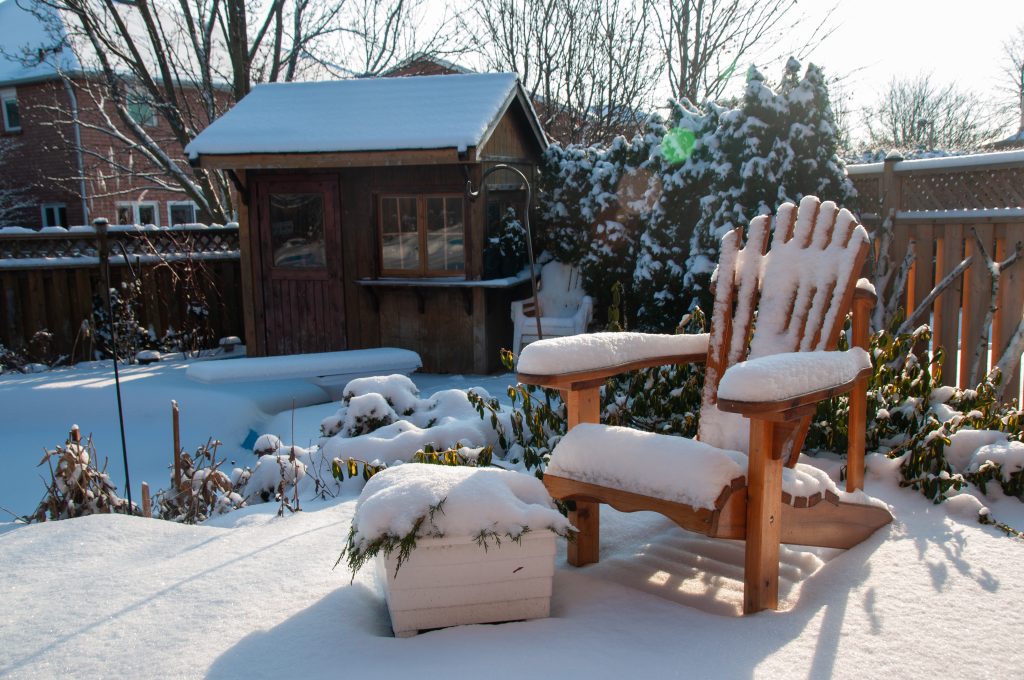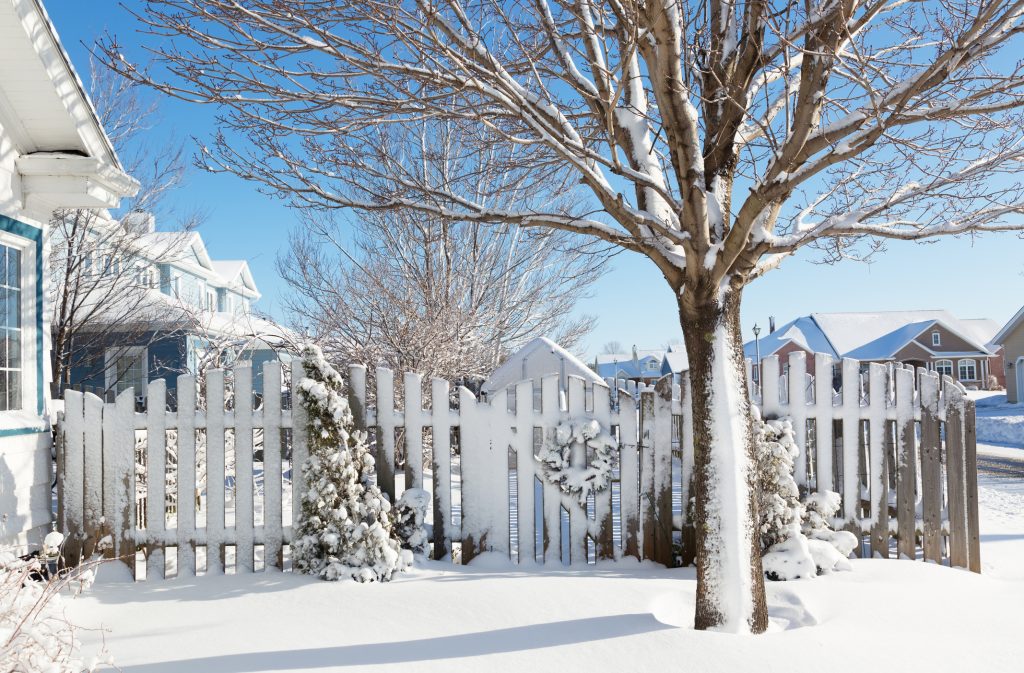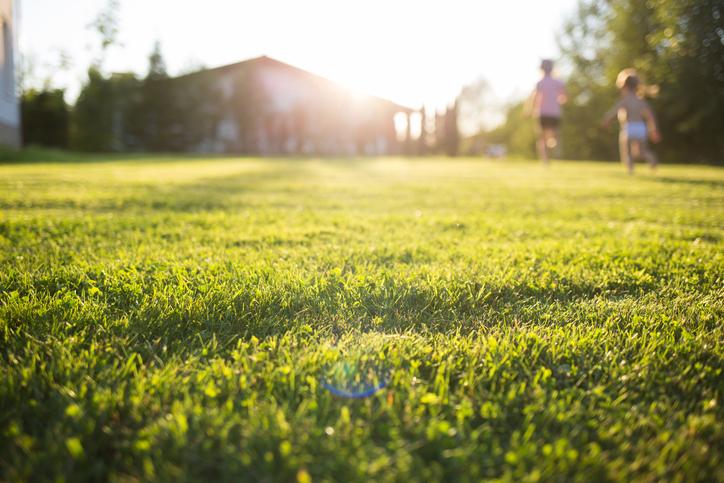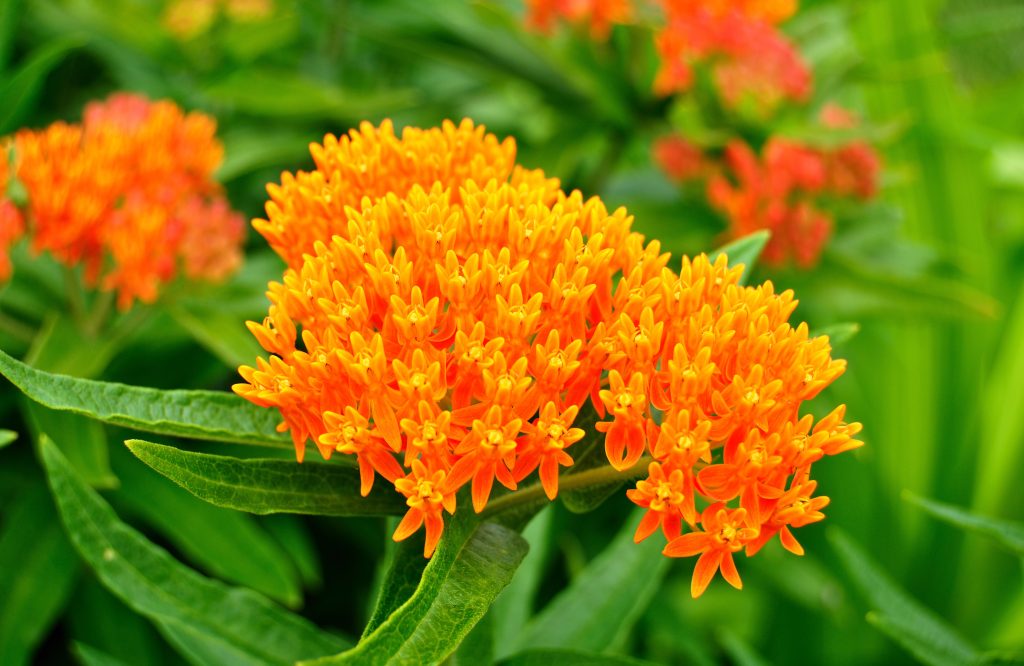As temperatures soar to record-high numbers and the sun beats down during the peak of summer, your garden can quickly feel the impact of extreme heat. At Giovine Landscaping, we know how important it is to protect your outdoor oasis from the harshest days of the season. With a few smart strategies, you can keep your plants healthy, your flowers vibrant, and your garden thriving all summer long.
Choose Heat-Tolerant Plants
One of the best ways to safeguard your garden from scorching temperatures is to choose plants that can handle the heat. Opt for drought-resistant perennials like black-eyed Susans, lavender, and coneflowers. Native plants are often naturally equipped to withstand local weather conditions, requiring less maintenance and water. Ornamental grasses like switchgrass or fountain grass are another excellent choice for adding texture while tolerating high heat.
Use Mulch for Moisture Retention
Mulch is your garden’s best friend in extreme heat. Adding a generous layer of organic mulch helps regulate soil temperature and lock in valuable moisture. This barrier prevents the soil from drying out too quickly and keeps roots cool even on the hottest days. Aim for about 2–3 inches of mulch around flower beds and shrubs, but be sure to keep it a few inches away from plant stems to prevent rot. If you are interested in tips for specifically protecting your lawn from the heat, check out our previous blog.
Water Wisely and Efficiently
During heat waves, watering correctly is crucial. The best time to water your garden is early in the morning or late in the evening when the sun is less intense. This reduces evaporation and allows water to soak deep into the soil where roots need it most. Use drip irrigation systems or soaker hoses to deliver water directly to the base of your plants to ensure maximum efficiency and minimal waste.
Create Shade Where Needed
Even sun-loving plants can benefit from a little relief during extreme heat. Use shade cloths, garden umbrellas, or strategically placed trellises with climbing vines to provide temporary cover for delicate plants. Container gardens can be moved to shaded areas during the hottest parts of the day. For a long-term solution, consider planting trees or large shrubs that provide natural shade while enhancing the beauty of your landscape.
Let Giovine Landscaping Help You Beat the Heat
Your garden is an investment that deserves year-round care, even during the harshest summer days. At Giovine Landscaping, our team is ready to help you design, install, and maintain a landscape that stays beautiful no matter what the forecast brings. From selecting heat-tolerant plants to installing efficient irrigation systems, we have the solutions you need.
Don’t let extreme heat ruin your summer garden. Protect your outdoor space and enjoy a lush, green backyard all season long. For personalized landscaping tips, expert services, or to schedule a consultation, contact Giovine Landscaping today at (724) 316-3064. Let’s keep your garden thriving under the summer sun!



